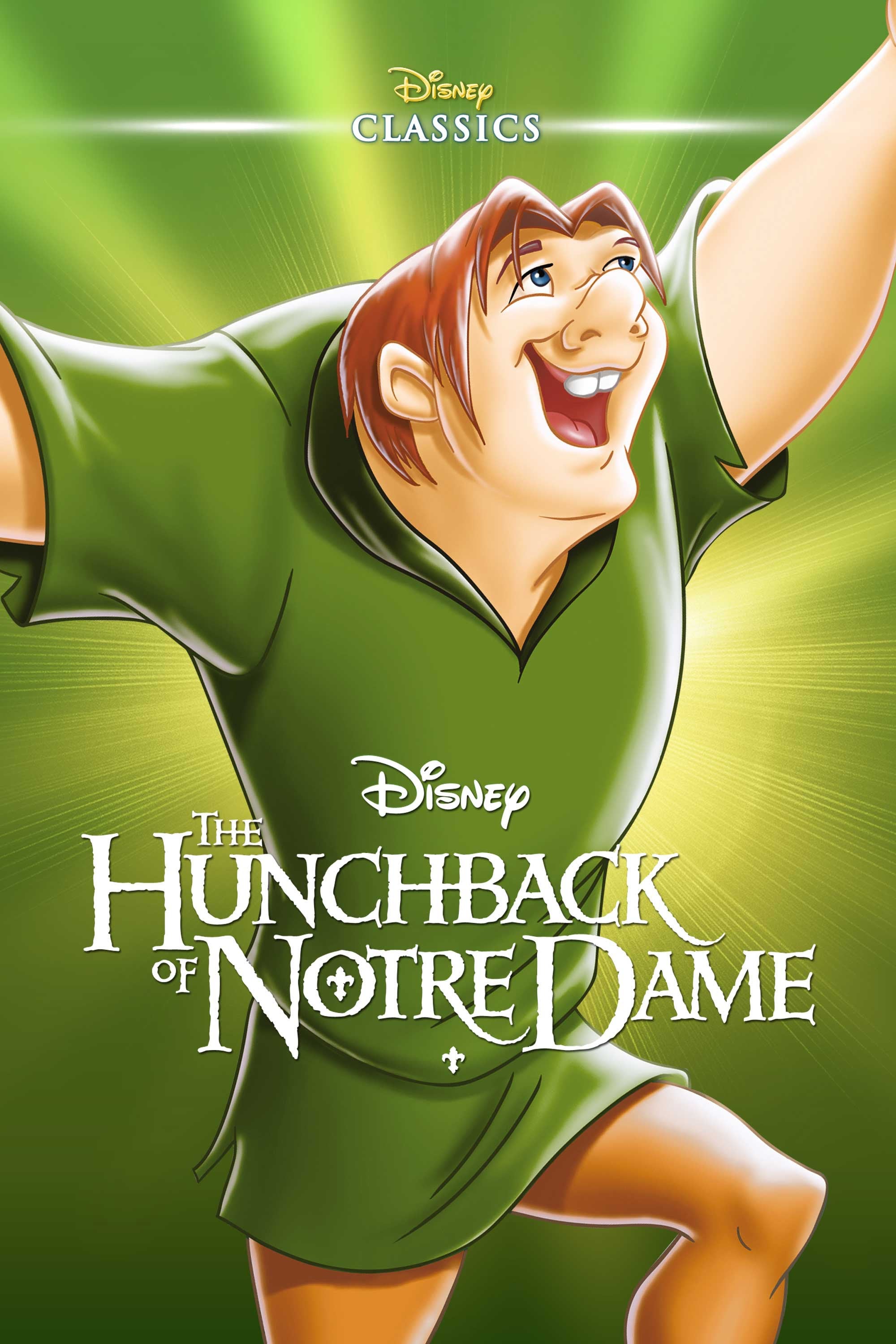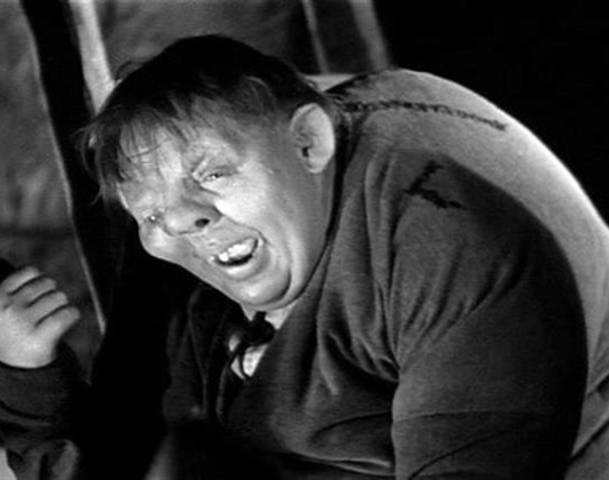

Notre Dame was first performed in Vienna on 1 April 1914. He incorporated some material from an unfinished fantasia for piano and orchestra. Schmidt approached the opera by writing the orchestral parts of the score first, adding the vocal parts in later. It is based loosely on the 1831 novel The Hunchback of Notre-Dame by Victor Hugo.

"The Hunchback of Notre Dame" is stunning on most levels, and with such a dark nature, Disney ushers in a new level of animated entertainment.Notre Dame is a romantic opera by Franz Schmidt, to a libretto by himself and Leopold Wilk (1876–1944), a professional chemist and amateur poet.

Although the songs match the style of the film, there's nothing quite memorable enough to latch on to and the comedy is mainly lost on the three gargoyles, there's a sincerity and emotional tension built throughout the film that causes a deeper connection to the material compared to most animated films. In "The Hunchback", the serious nature of the film often has you at extremes. This is a whole new level of animosity and, yes, we've faced this before with Disney, as Jafar captures the Princess, but you're never under the impression that lives are at stake. The villain, Frollo, whose animated details are beyond anything I've quite seen before, wants the gypsies dead, but cannot deny the beauty of Esmeralda and wants her all to himself, so much so that he'll kill her if she doesn't comply. Many of the characters face developments of an adult nature.

This film is often a struggle to endure at times, as you witness the brutal mistreatment of Quasimodo and the quarrel between the handsome and gentle Phoebus and Quasimodo, both vying for the hand of Esmeralda. With enough animated detail, action sequences, and character development, the film catapults light years beyond anything before its time. "The Hunchback of Notre Dame" is one of the darkest Disney movies to date.


 0 kommentar(er)
0 kommentar(er)
